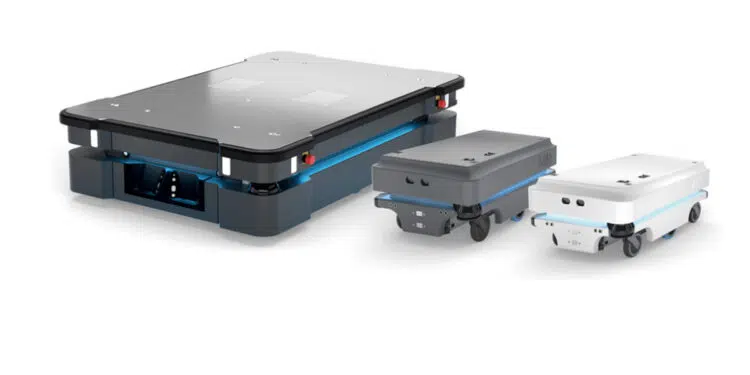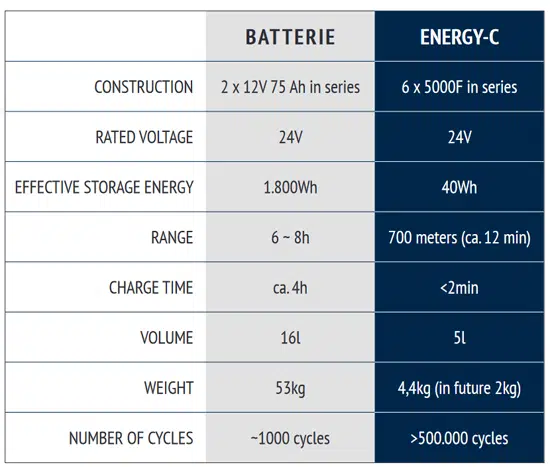Driverless transport vehicles (Automated Guided Vehicles, abbr. AGV) are often already an integral part of operational processes and transport usually completely autonomous loads of all kinds. Technical memo written by Alexander Schedlock, Jianghai Europe Electronic Components GmbH provides brief introduction into benefits of hybrid lithium-ion capacitors (LiC) supercapacitor-battery energy storage power system for those vehicles.
DISADVANTAGES OF BATTERY-POWERED VEHICLES
As with many fork lifts, the required energy comes from batteries. This results in some restrictions in the practical operation of these vehicles: the required charging times prevent a continuous operation of the vehicle. Accordingly, other vehicles have to take over the work, while the system is blocked for hours at the charging station without any productivity. It therefore requires a higher number of vehicles to do the same work. After a few years, the batteries must also be replaced in order to reach their initial range again. Finally, the limited number of charge and discharge cycles of batteries should be noted.
MODULAR VERSIONS OF Li-C CREATE A REMEDY
New technologies offer a solution here. Jianghai has been developing and producing alternatives to battery systems under the term Energy-C for years. For the AGVs, the lithium-ion capacitors (LiC) based on the technology of double-layer capacitors (EDLC) are predestined in a compact module variant. The fast-charging property of LiC technology is the key argument here. Similar to double-layer capacitors, LiC modules can be charged in a few seconds to minutes. In operation, the vehicles can work almost continuously without any significant interruption. During the short stops of the AGV for loading and unloading, the LiC modules are charged with energy for the next trip. A practical example compares the properties of a battery and LiC module:
DIFFERENT USE CONCEPTS and HIGHEST SECURITY REQUIREMENTS
Jianghai offers Energy-C modules for any vehicle size and performance. The individual adaptation of the modules to the respective task allows the realization of a wide variety of vehicle and usage concepts. Whether many short distances or a few medium distances, suitable modules can be put together for each application.
Jianghai offers Energy-C modules for any vehicle size and performance. The individual adaptation of the modules to the respective task allows the realization of a wide variety of vehicle and usage concepts. Whether many short distances or a few medium distances, suitable modules can be put together for each application.
The advantage is obvious: reduction of the number of necessary vehicles (cost, space and effectiveness), maintenance-free use while avoiding battery replacement, enhanced safety, better sustainability by avoiding large quantities of raw materials and increased reliability.
































